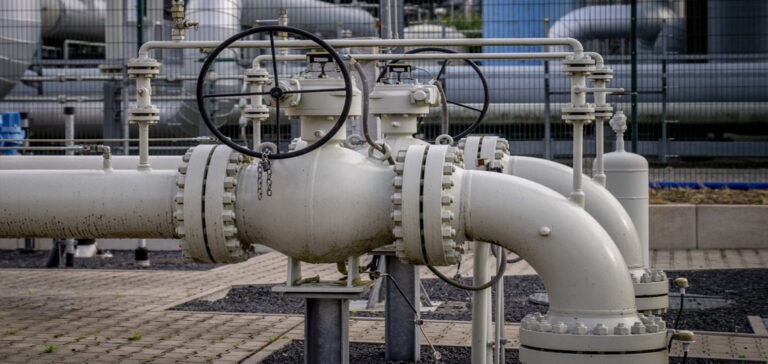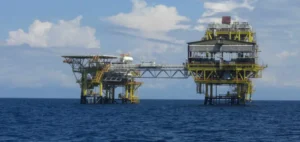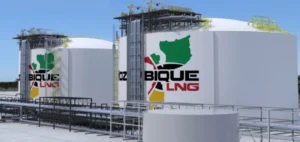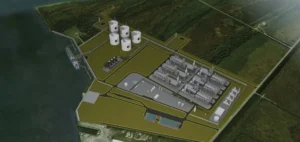Injections into U.S. Natural Gas Reserves probably exceeded the historical average once again in mid-October, even as cooler temperatures in the Northeast and South Central fueled weekly gains in heating and electricity demand.
Inventory forecasts
In its next inventory report on October 26, the U.S. Energy Information Administration is expected to announce an 81 Bcf increase in U.S. natural gas reserves over the previous week, according to the latest S&P Global Commodity Insights market analyst survey. Responses to this week’s survey were mainly in a narrow range of around 70 to 85 Bcf, with the exception of a single upward estimate.
Internal demand
In the week to October 20, US gas market fundamentals tightened, as stronger domestic demand more than offset a slight increase in production, according to data from S&P Global Commodity Insights. In the third week of October, U.S. residential-commercial gas demand rose by almost 1.3 Bcf/d on the previous week, averaging 15.4 Bcf/d, its highest level since early May. Cooler temperatures also stimulated smaller increases in electricity and industrial demand, both of which rose by around 200 MMcf/d over the week.
LNG exports
US LNG exports were also up, increasing by around 1 Bcf/d over the week to average over 14 Bcf/d. On the supply side, US production increased by around 800 MMcf/d, while the import-export balance remained almost unchanged. Overall, the US gas market tightened by around 1.8 Bcf/d this week.
Future prospects
According to analysts’ consensus projection, the tightening market balance should result in an injection of 81 Bcf into reserves for the week, down from 97 Bcf the previous week. By historical standards, an injection of 81 Bcf would still look relatively bearish compared with the five-year average construction of 66 Bcf and the previous year’s injection of 61 Bcf, according to data from the U.S. Energy Information Administration. Assuming that analysts’ consensus estimate of 81 Bcf is correct, US reserve levels would rise to 3,707 Tcf. The surplus relative to the five-year average would widen to 190 Bcf, some 5.5% above the historical average, while the surplus relative to 2022 would widen to 320 Bcf, almost 9.5% above the previous year’s level.
The Futures Market
On October 24, NYMEX November natural gas futures rose by around 1 to 2 cents to trade around $2.95/MMBtu, according to data from the CME Group. Over the past two weeks, the November gas contract has reached the average levels of years 3 before coming under more recent pressure following a relatively bearish stock report issued on October 19, when the EIA reported an addition of 97 Bcf to US inventories. “We have larger-than-normal inventory accumulations ahead of us, that’s the main hurdle, but I think we’re on the low side of a 60-cent range or so,” said Jim Ritterbusch, president of Ritterbusch & Associates. “I think there’s a lot more potential upside than downside.” For the time being, however, Ritterbusch sees little upside potential in the natural gas futures market before the cold weather sets in. “Production is pretty strong, and the weather still isn’t bringing us enough accumulation of heating degree days to really stimulate much buying,” he said by phone on October 24. For the week ending October 27, S&P Global’s gas supply and demand model is already forecasting another above-average increase of 91 Bcf. If confirmed, the planned injection would be almost 60% larger than the five-year average injection of 57 Bcf, but around 10% smaller than the previous year’s injection of 99 Bcf, according to EIA data.






















